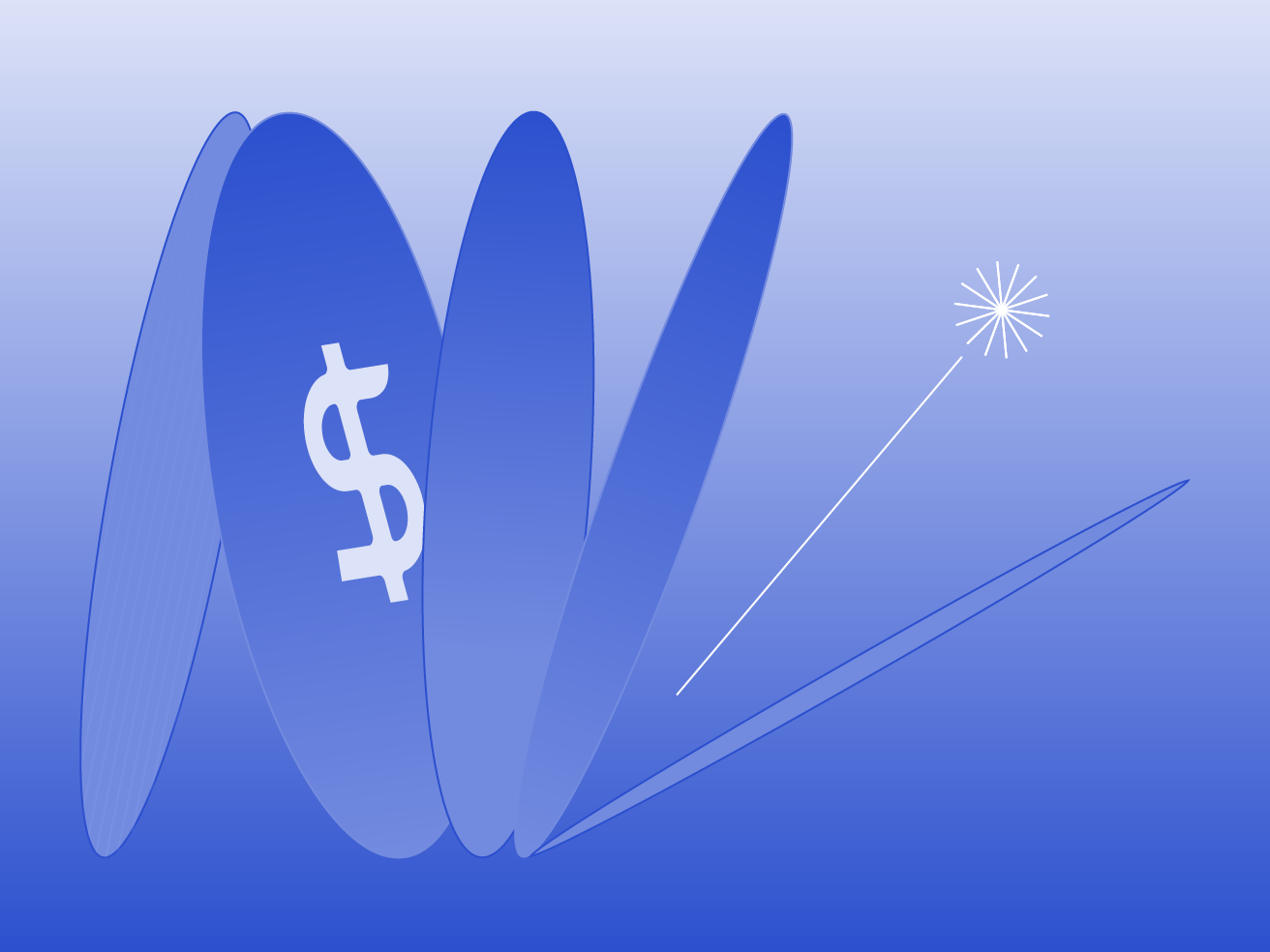
45+ B2B payment statistics to guide your finance and procurement strategy
Discover the latest B2B payment statistics and trends shaping 2025.

B2B payments are an essential part of business operations, but they can also be a source of friction for finance teams—like delayed invoices, scattered approval processes, and limited visibility into spend.
With the business landscape evolving constantly, we now have more tools than ever to modernize the payment process and support procurement cycles. From AI-powered automation to real-time data and compliance controls, explore the biggest trends shaping B2B payments in 2025. Use these 45+ B2B payment statistics to make informed procurement decisions and stay ahead of the curve.
Key B2B payment statistics
B2B payments are transactions made between two businesses. Unlike everyday consumer payments, these often involve higher volumes, longer payment terms, and more complex processes. Understanding the current trends can help you keep up with the competition, cut costs, and plan smarter.
Here are some notable statistics about B2B payments:
1. Approximately 40% of B2B payments in the U.S. are still made via paper checks. (Alkami)
2. Nearly 51% of companies perform up to half of their payment operations manually, leading to inefficiencies. (Modern Treasury)
3. Almost 79% of corporate practitioners reported experiencing payment fraud in 2024. (AFP)
4. Real-time payments could replace up to $18.9 trillion in Automated Clearing House (ACH) and check-based B2B payments in the U.S. by 2028. (Deloitte)
5. In the first half of 2024, U.S. companies paid small businesses an average of nine days late. (Xero)
6. ACH payments processed $54.2 trillion in B2B transactions in 2024, making it one of the most trusted and scalable methods across industries. (Nacha)
7. Nearly 33% of B2B payments are still made by check, underscoring friction points in more traditional industries like construction and manufacturing. (Alternative Payments)
8. A whopping 88% of business leaders feel that accepting cross-border payments affects their cash flow management and hinders their growth. (Flywire)
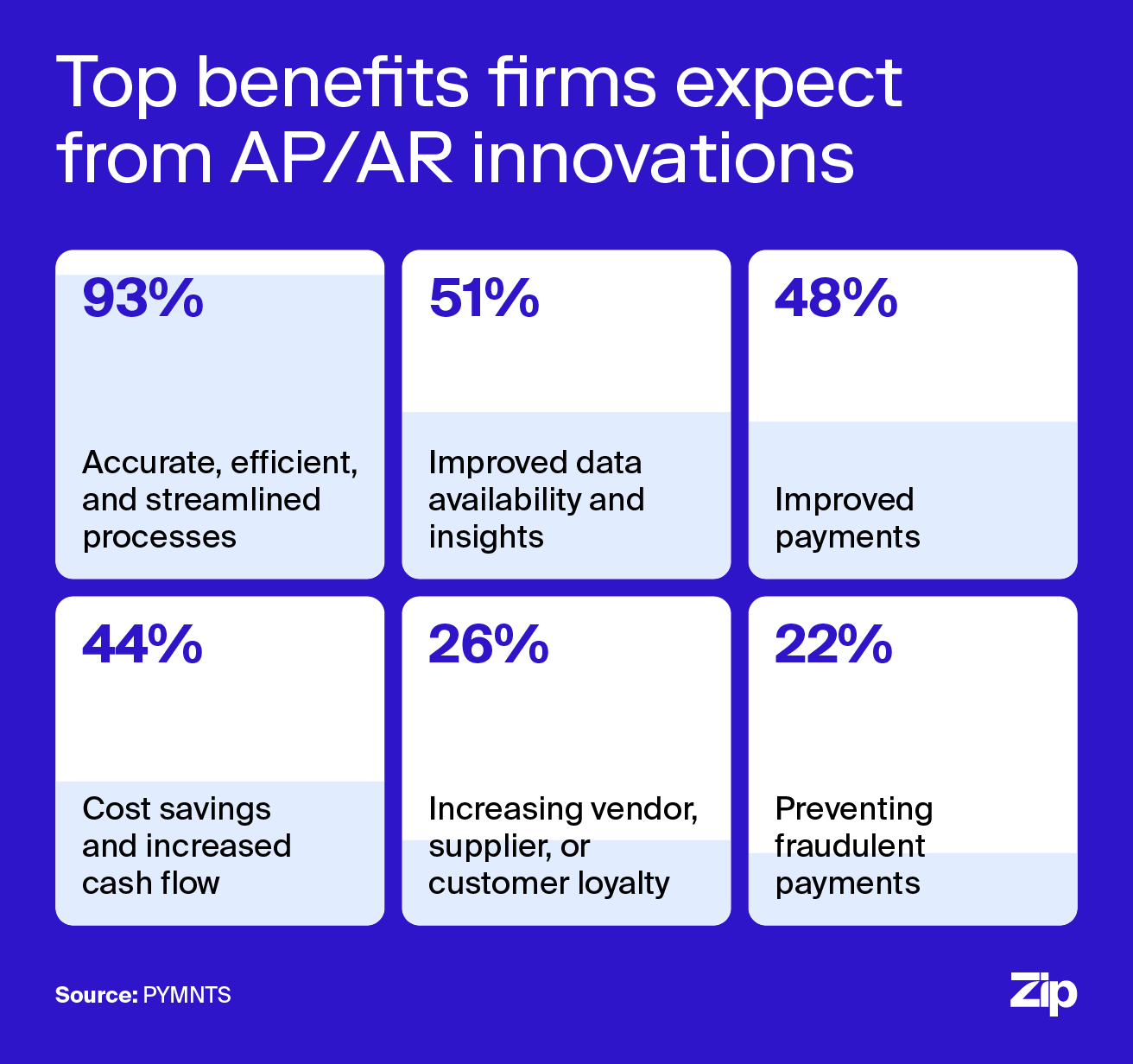
Global B2B payments overview
Traditional payment methods like checks are declining, while digital and real-time payment solutions are gaining traction in the B2B sector.
Here are some notable statistics about the global B2B payments market size and more:
9. Experts forecast the global B2B payments market to reach $213.28 trillion by 2032, up from $87.98 trillion in 2024—a CAGR of 11.8%. (Fortune Business Insights)
10. B2B payment volume will jump 40% to $124 trillion by 2028, up from $89 trillion in 2024. (Juniper Research)
11. By 2027, global cross-border B2B payments are set to top $150 trillion. (Statista)
12. North America holds the largest share of the B2B payments market due to early digital infrastructure and fintech adoption. (Fortune Business Insights)
B2B payment trends by industry and business model
B2B payment preferences and pain points are shifting rapidly, driven by automation, cross-border expansion, and the demand for real-time visibility. Industry-specific business models are adapting accordingly, with a strong push toward digitization and fraud prevention.
The following trends offer a snapshot of where B2B payments are heading:
13. Only 5% of midsize businesses have fully automated their accounts payable and accounts receivable. (PYMNTS)
14. Nearly 28% of finance leaders say that their organization exclusively uses digital modes of payment for financial transactions. (AvidXchange)
15. Office and facilities management companies wait for an average of 105 days to receive payments. (Upflow)
16. In industries like security and compliance, 60% of overdue invoices are more than 90 days late. (Upflow)
The real cost of late B2B payments
Late B2B payments for businesses impact cash flow, supplier relationships, and overall growth. Payment orchestration can help solve most of the issues, but first, you need to identify them.
The following B2B payment statistics highlight the extent of this issue:
17. Almost 64% of companies face delayed payments, with suppliers typically waiting an average of 43 days to receive funds. (PYMNTS)
18. This delay results in 80% of potential discounts going unclaimed, highlighting inefficiencies that can significantly impact cash flow and supplier relationships. (PYMNTS)
19. Nearly, 73% percent of SMBs are negatively impacted by late payments, indicating the widespread nature of this issue in the B2B sector. (Intuit)
20. In the U.S., 55% of all B2B invoiced sales are overdue, disrupting revenue access and hindering business growth. (Atradius)
21. Almost 26% of U.S. business decision-makers have stopped working with a buyer or supplier due to payment delays. (American Express)
22. In Europe, 25% of bankruptcies are a result of late payments by customers. (Council of the European Union)
23. Despite recognizing the benefits of automation, only 17% of businesses have fully automated their payment processes. (American Express)
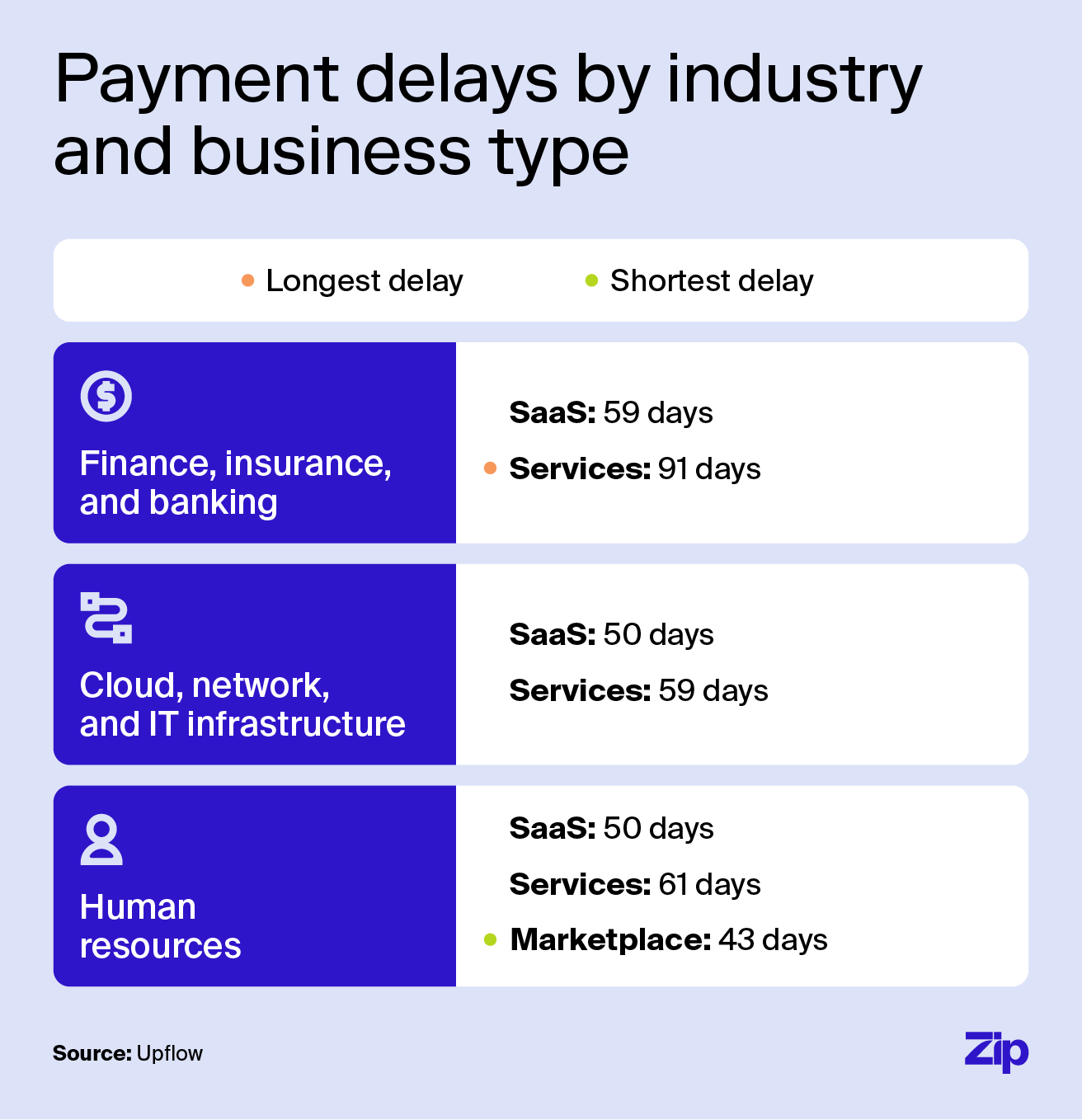
The rise of digital B2B payments
More and more businesses are switching to digital B2B payment solutions to simplify their operations and make tasks like invoice management way smoother. You’re seeing this shift happening across industries and all over the world—it’s a clear sign that B2B transactions are going digital everywhere.
Below are key statistics highlighting the rise of digital B2B payments:
24. Market forecasts show B2B digital payments expanding from $4.6 billion in 2024 to $57.6 billion by 2030. (Research and Markets)
25. Asia-Pacific is driving global growth in digital B2B payments, with significant contributions from countries like India. (Research and Markets)
26. Governments worldwide are promoting real-time payment (RTP) solutions. For instance, India's initiatives like Digital India and Immediate Payment Service (IMPS) have accelerated RTP adoption. Similarly, countries like Singapore and Australia have launched their RTP schemes, FAST and NPP, respectively. (Markets and Markets)
27. Researchers anticipate digital payment platforms such as Apple Pay, PayPal, and Alipay will fuel 15% annual growth between 2023 and 2027. (Statista)
28. A typical organization loses 5% of its revenue to fraud, primarily due to manual checks. (ACFE)
Popular B2B payment methods and their costs
Businesses are increasingly adopting diverse payment methods to enhance efficiency, reduce costs, and mitigate risks. Understanding the cost implications of each payment method helps you make informed decisions.
Here are some key statistics on B2B payment methods and costs:
29. Credit cards offer convenience and can provide benefits like rewards, but they often come with higher processing fees. It typically ranges from 1.5% to 3.5%, plus merchant service provider fees. (NerdWallet)
30. Wire transfers are often used for high-value and international transactions, offering speed and security. They typically involve flat fees ranging from $15 to $50 per transaction. (NerdWallet)
31. Virtual cards, projected to grow to $65 billion by 2030, are gaining traction for their enhanced security and control features in B2B payments. (Spherical Insights)
32. More businesses are using crypto for cross-border B2B deals, and experts forecast 745 million blockchain transactions by the end of 2025. (Statista)
Top challenges in B2B payments
B2B payments come with their own set of hurdles. These challenges can range from operational inefficiencies and security concerns to the complexities of cross-border transactions. Addressing these issues helps optimize financial processes and foster strong relationships with partners.
Here are some B2B payment statistics that highlight the top challenges:
33. Payment delays: 3 in every 4 companies experience late B2B payments, impacting their cash flow. (Upflow)
34. Security concerns and fraud: 79% of companies reported being targets of payment fraud attempts in 2024. (AFP)
35. Complex reconciliation processes: Matching payments with invoices can be time-consuming and error-prone, especially with multiple payment methods and high transaction volumes. This requires you to hire someone experienced to handle this task—which will cost at least $81,680 per year. (U.S. Bureau of Labor Statistics)
36. Lack of transparency: Insufficient visibility into the payment status and potential hidden fees can lead to distrust and operational inefficiencies between businesses. Almost 47% of SMBs state that a lack of transparency affects business operations. (PYMNTS)
B2B payments market size and growth
The B2B payments market is substantial and experiencing significant growth globally.
Here are some relevant statistics:
37. B2B payment volumes are rising, with the global market expected to increase from $1,189.8 billion in 2023 to $1,689.4 billion by 2033. (Custom Market Insights)
38. Domestic payments led the B2B payments market in 2023, capturing around 65.2% of the total market share. This dominance is largely driven by the global growth of small and medium-sized enterprises. (Custom Market Insights)
39. The ongoing digital transformation across industries is significantly shaping the B2B payments market as businesses increasingly adopt digital solutions. Digital payments solutions are set to hit $38.07 trillion by 2030. (Statista)
40. The integration of technologies like AI and blockchain is enhancing security and enabling real-time payment processing, contributing to market growth. More than 8 out of 10 users feel that AI helps with fraud detection and prevention. (Statista)
41. The demand for faster, more cost-effective, and transparent cross-border payment methods is also fueling market expansion. Nearly 3 out of 10 find cross-border payments troublesome. (Statista)
42. Businesses are seeking integrated payment solutions that connect B2B transactions with accounting, invoicing, and financial systems. The integrated payment platforms market is likely to grow at a CAGR of 12.82% through 2030. (QKS Group)
B2B payments trends and forecasts
B2B payments are changing fast, thanks to new tech and shifting business priorities. A few major trends are leading the charge and reshaping how companies pay and get paid.
Here are some B2B payments statistics and forecasts highlighting these trends:
43. Global virtual card payments will grow 235% by 2029, rising from $5.2 trillion in 2025. (Juniper Research)
44. The U.S. mobile payment market is set to grow from $53.5 billion in 2022 to $607.9 billion by 2030. (Facts & factors)
45. Analysts predict that the global e-invoicing market will expand at a CAGR of 20.26% from 2023 to 2028. (Global News Wire)
46. The accounts receivable automation market will likely reach $6.5 billion by 2027. (Markets And Markets)
47. There's a growing trend of embedding payment functionalities directly into business software and platforms, like ERP and accounting systems. The accounting software market will most likely cross $20 million by the end of 2026. (Fortune Business Insights)
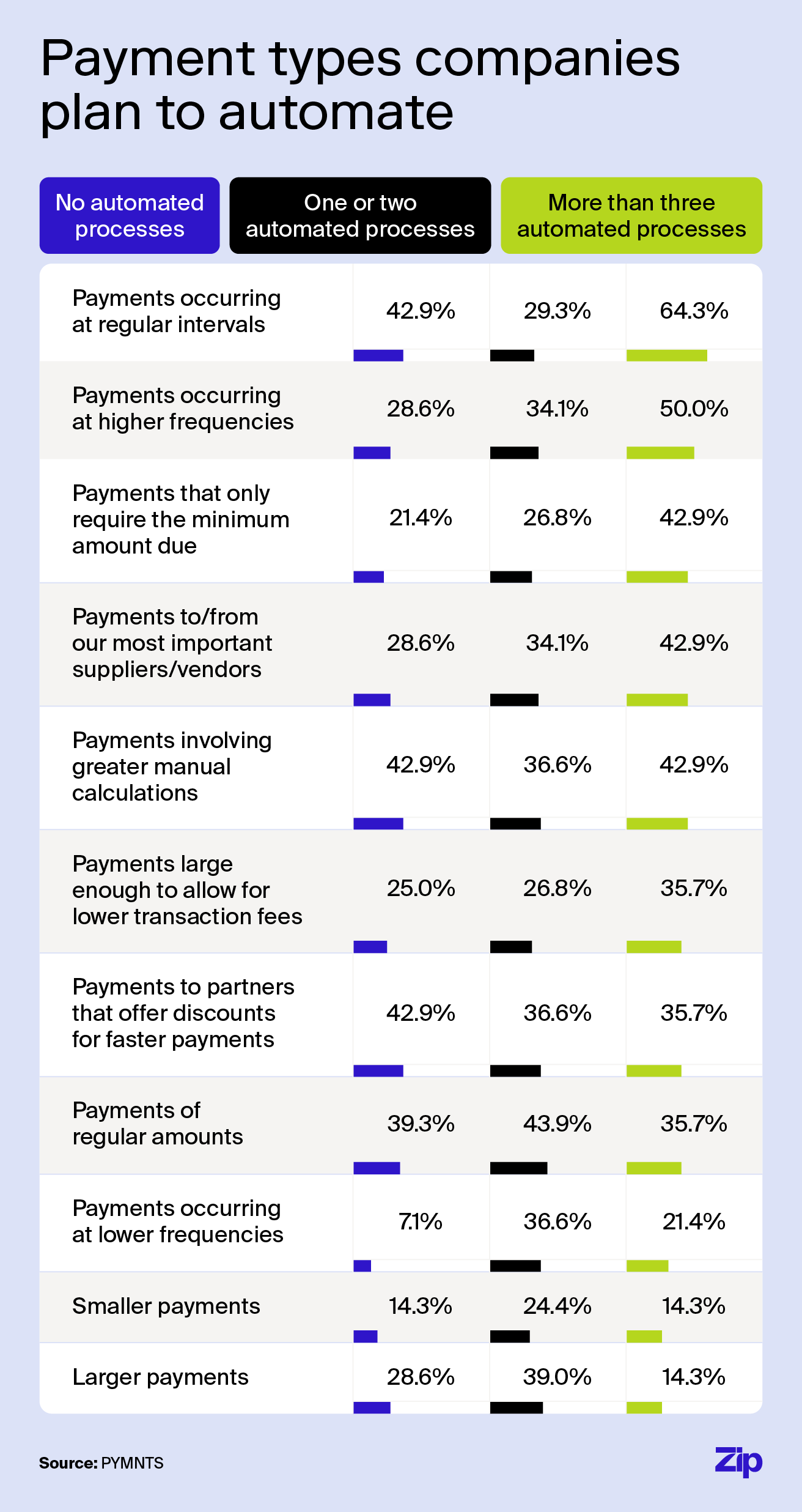
How payment automation and AI are shaping the future of B2B payments
As B2B transactions become more complex, AI-powered payment automation is emerging as an important solution for streamlining financial operations.
By automating invoice processing, reconciliation, and approval workflows, you can move faster and smarter, gaining real-time insights. This helps reduce manual labor and enhances visibility across the payment lifecycle. AI takes this a step further by learning from historical data, detecting anomalies, and making intelligent decisions that improve both efficiency and control
Here’s how AI-powered B2B payments can benefit your business
- Accelerated procurement cycles and enhanced productivity: AI-driven automation reduces the time spent on manual invoice matching, approvals, and data entry. This helps speed up procurement and payment cycles, allowing you to focus on strategic activities rather than administrative tasks.
- Reduction of errors and improved data accuracy: Manual entry is prone to costly mistakes. AI minimizes these risks by automatically extracting, validating, and processing payment data with high precision. This leads to cleaner financial records and fewer payment disputes.
- Proactive risk detection and compliance assurance: Payment card fraud is set to grow over $10 billion between 2022 and 2028. AI systems continuously analyze transaction patterns to flag inconsistencies and detect fraud attempts. They also ensure adherence to compliance standards, like SOX, AML, or industry-specific regulations.
- Seamless integration with existing systems: Modern payment automation platforms integrate easily with ERP, CRM, and accounting software. This ensures a smooth flow of data across departments, eliminates silos, and allows you to scale your operations without disrupting existing processes.
Streamline your B2B payments with Zip
These B2B payment statistics highlight the importance of streamlining B2B payments. It’s key to healthy cash flows, minimizing errors, and enhancing operational efficiency.
Embracing automation and intelligent solutions can transform these challenges into opportunities for growth and help reduce procurement risks. Zip offers an AI-powered procurement orchestration solution designed to revolutionize how you handle B2B payments. By automating manual tasks, Zip accelerates procurement cycles and enhances productivity.

Maximize the ROI of your business spend

Enter your business email to keep reading


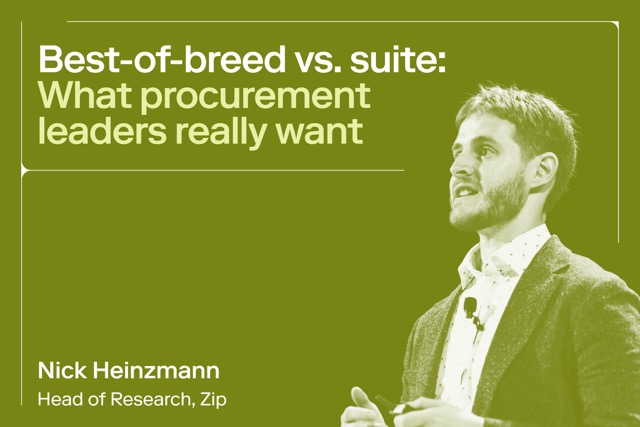
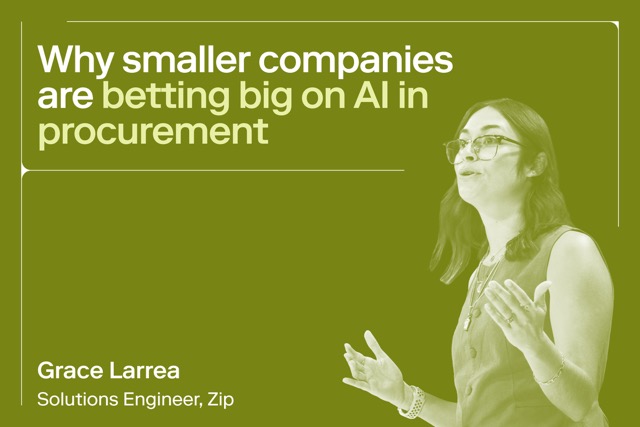






















.webp)




















.avif)










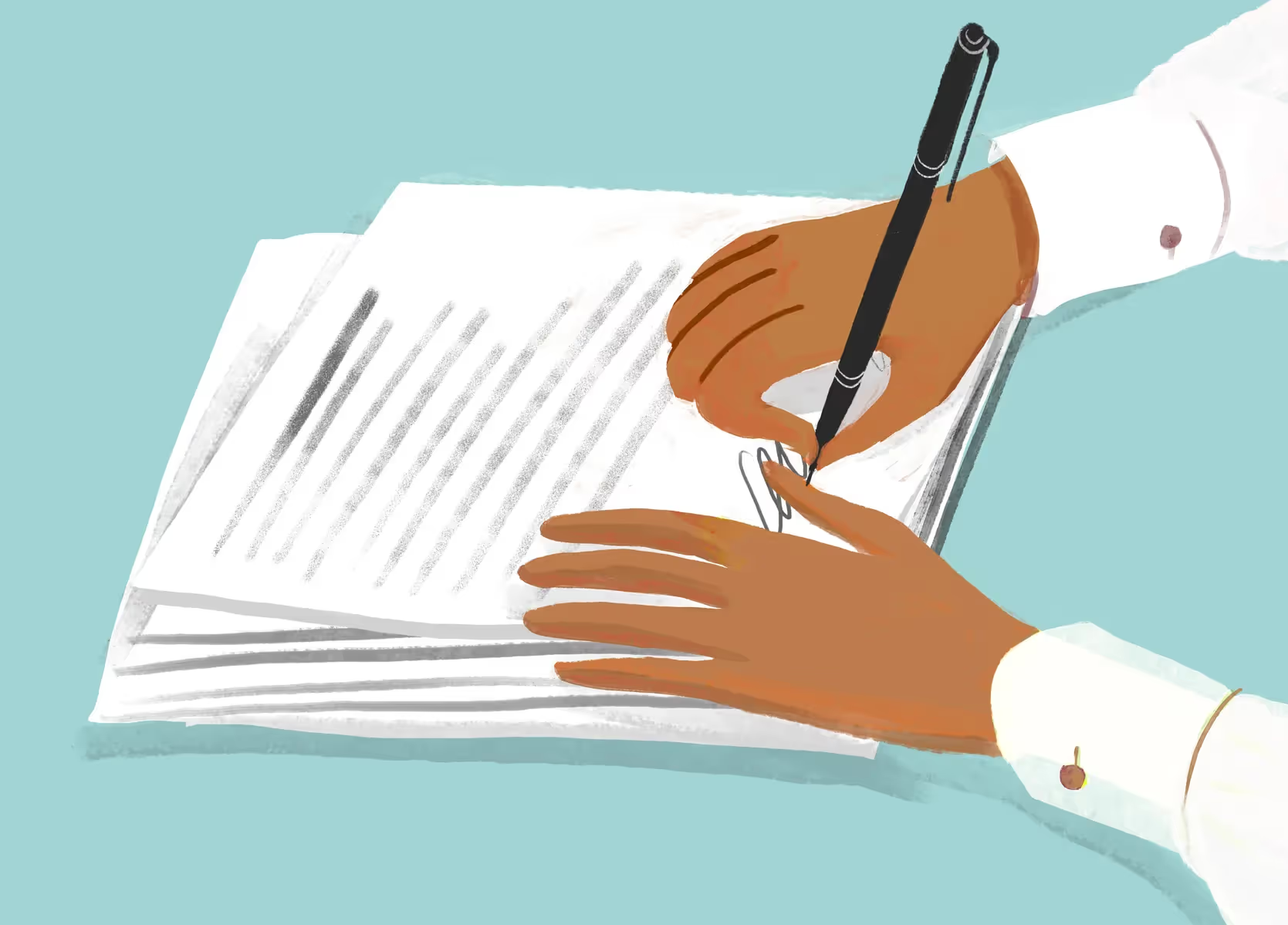


.avif)










.webp)





.avif)












.avif)
